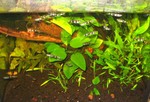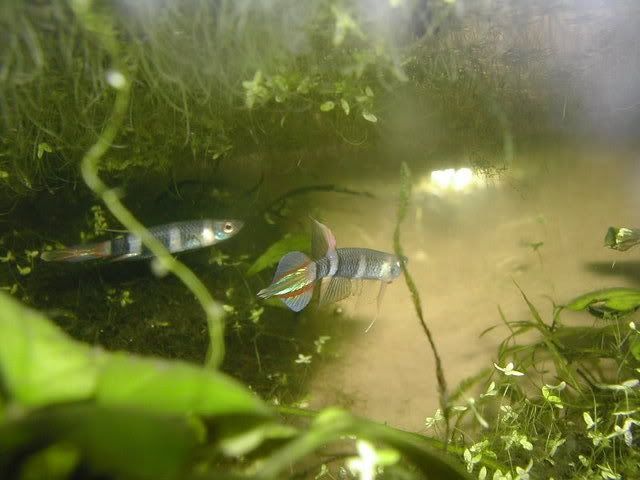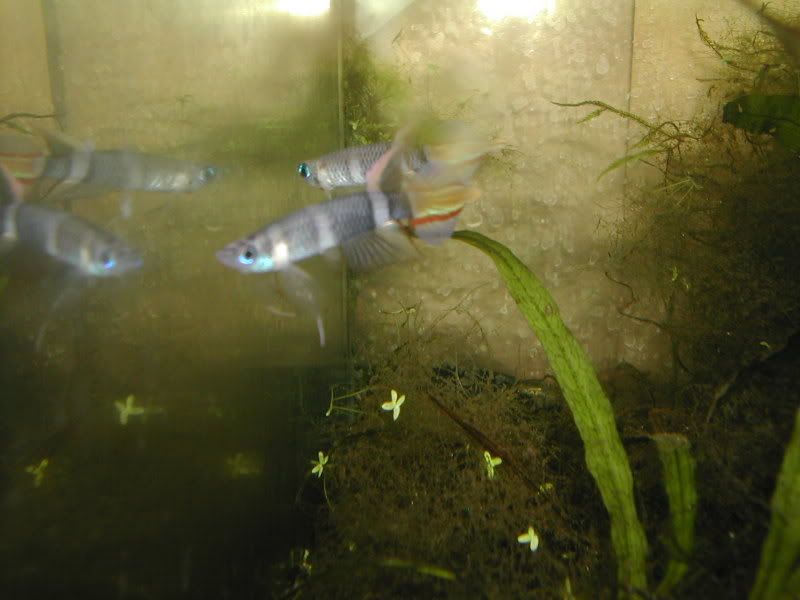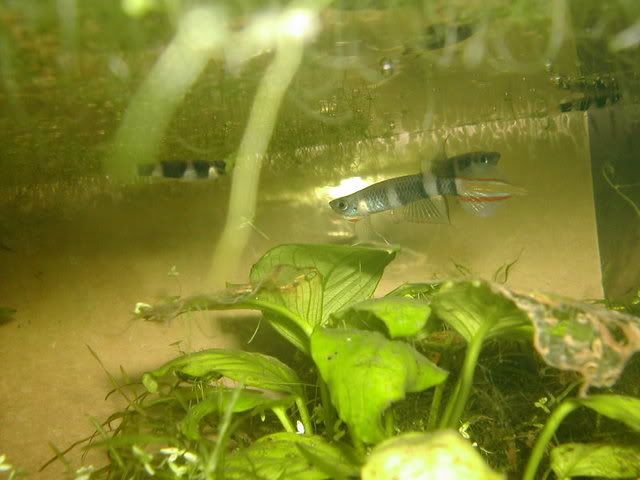Tyrone,
The location "Monrovia" is misleading, as it is just a shipping point, with collections from almost anywhere in the general area.
A rather colorful strain came in, in 1974, with that designation, and was maintained in the hobby for many, many years. We lost them in the US, when Wayland Lee and Robert Nhan unexpectedly dropped them and others were not to be found. AFAIK, they are still being maintained in Holland and probably Germany.
Most of the Monrovias in the hobby, here, are not the colorful strain with red in all lower fins as well as the pectorals. There was a bit of blue in the dorsal, and the usual red and blue in the caudal. Much more colorful than the usual ANN.
The original fish can be seen in photos by Tony Terceira and in Radda and Purzl, p 19. I once suggested we call these "Monrovia Red" to distinguish them from those drab/dull collections with the same name.
Watch for fast growers. They will quickly start to be predators on little sister if you aren't quick with the chinese soup spoon (medicine dropper?) to move them out. They grow quickly, at first and will take bbs fairly soon. That is when growth varies the most, and predation starts. [Sort by size, or your sex ratio may stink.] Yours may be more uniform size, developing in damp peat.
Use a so-called "natural" setup, for the eggs do not tolerate any handling at all, I have found. Collecting from mops is certain frustration, I suspect.
They seemed to need much softer water than I would have expected for a coastal species. Wayland did best with them, in his <50 ppm SF water. I think Robert used RO to temper his harder San Jose water. I know I did it in Santa Clara. [I now have perfect ANN water and no Monrovia Reds to raise in it.  ]
]
Best breeding tank is a medium critter keeper with some floaters (Water Sprite?) and some boiled fibrous peat. They will spawn in the latter, and babies appear like magic in the meniscus. Spoon them out at night, using a flashlight (torch, to you Brit-influenced folk), to make the reflective head spot visible.
Floating plants seem to discourage their tendency to jump out of their tank.
Wright
01 760 872-3995
805 Valley West Circle
Bishop, CA 93514 USA
]









 Reply With Quote
Reply With Quote














Bookmarks